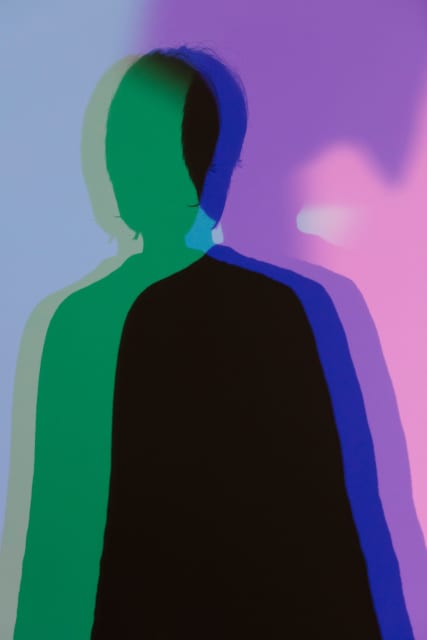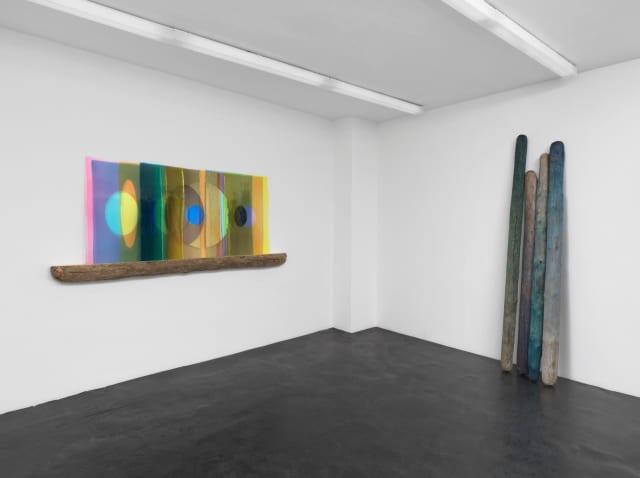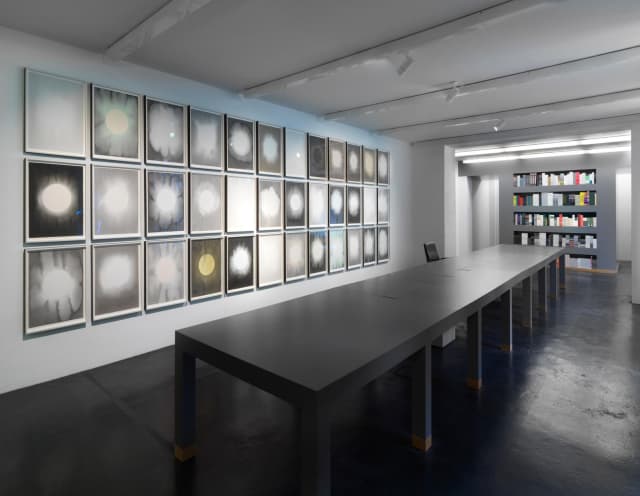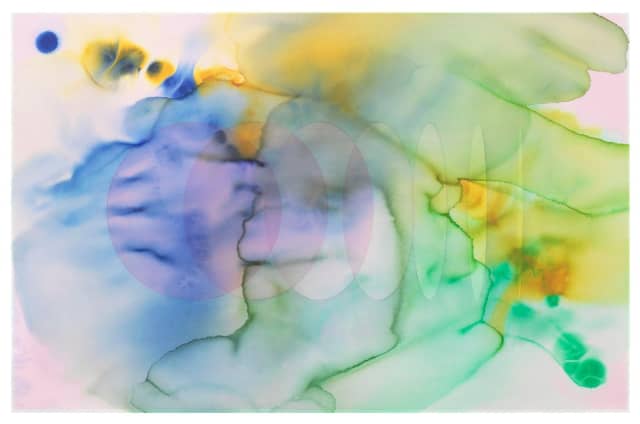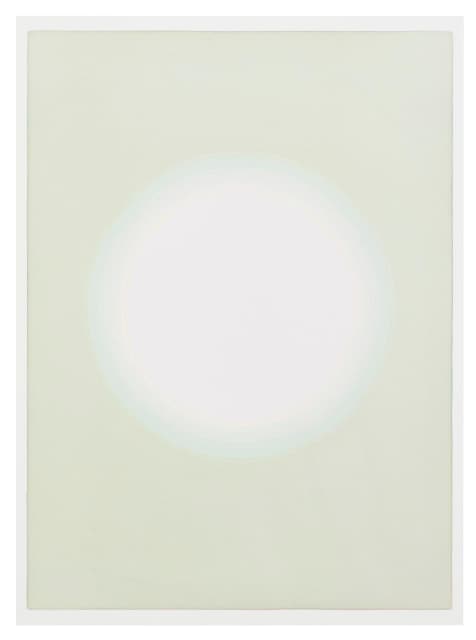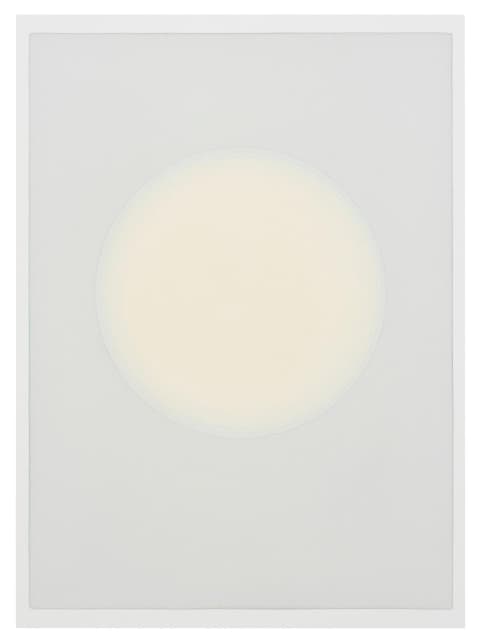There have been multiple articles written recently about the future of museums and other cultural institutions in light of low visitor attendance, reduced revenue, and subsequent funding crises. To survive the current pandemic reality, we wonder, how will the museum reinvent itself? And who will do the reinventing? Will the main stewardship lie with the institutions themselves, or will it shift more towards the public?
A piece Olafur wrote about 17 years ago uncannily resonates with the situation today (notice his prescient use of ‘immune system’ and ‘virus’ metaphors):
‘As long as we have had art history, we have had the discussion about whether art should be referred to as a representational system (reflecting society like a mirror) or whether it is an integrated part of society itself. If we consider art as one of many cultural trajectories in a society, these questions are little different from asking if the weather is separable from the city. Of course the art institution is an integral part of the life of a city. Cultural institutions are among the many “immune systems” of a society’s self-reflection. When a “virus” such as the commodification of our senses attacks us, and the developing identity of the city’s life is challenged, the immune system is (or should be) active in restoring a plausible dialogue involving some sense of resistance. It is important to note here that I doubt whether art has any power to change things directly; I consider the field of artistic practice to be more like a giant laboratory, where research on multiple fields is constantly being conducted.’ – excerpt from Olafur’s text ‘Museums Are Radical’, from ‘The weather project’ catalogue, 2003


